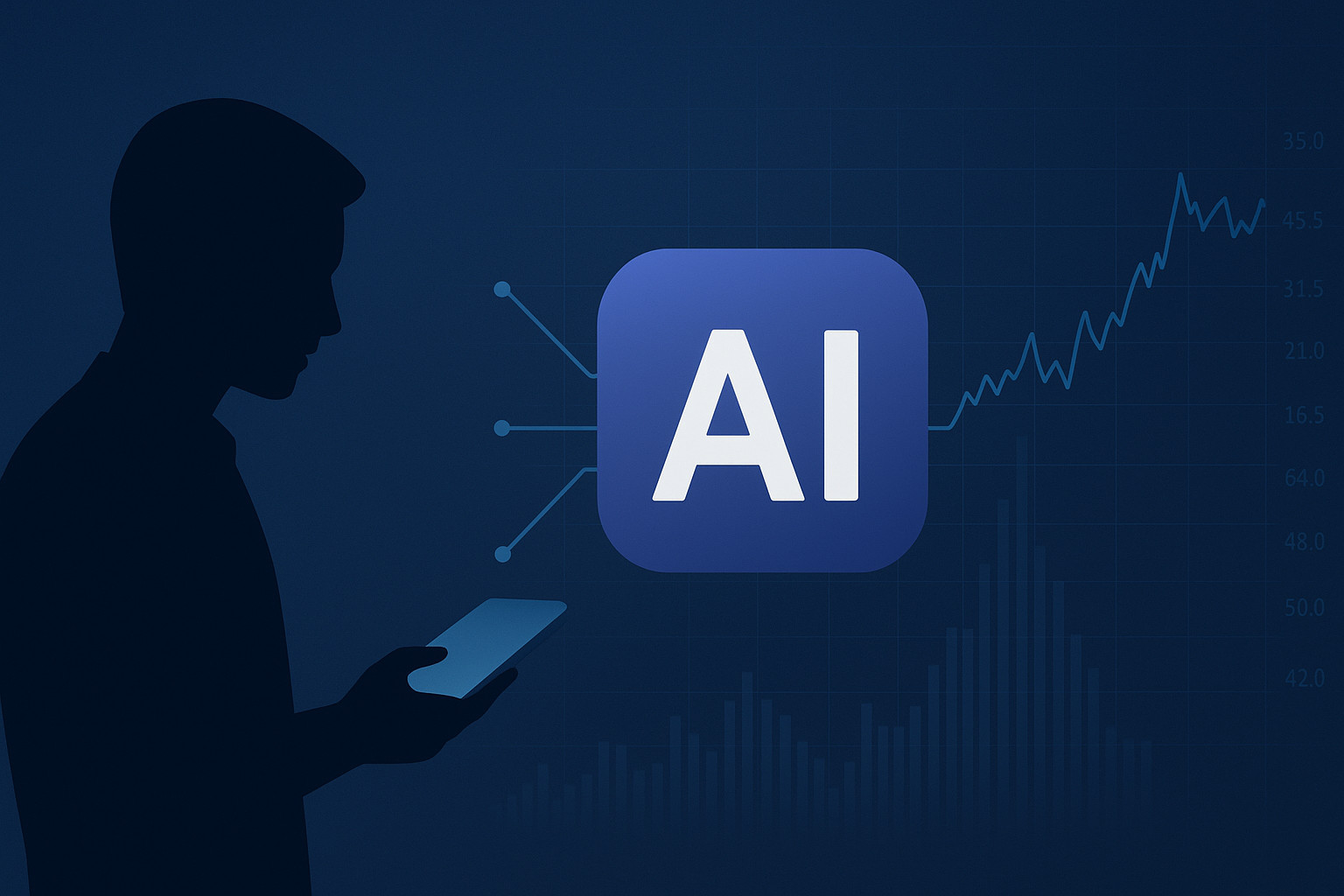Best AI Tools – Artificial Intelligence has revolutionized nearly every industry, and for creative professionals, it offers a wealth of tools designed to streamline workflows, inspire innovation, and boost productivity. In 2024, these AI tools have become indispensable for graphic designers, writers, video editors, and more. Below, we explore some of the top AI tools that are transforming the creative landscape.
Table of Contents
1. Adobe Firefly: AI-Powered Design Assistance
- What it does: Adobe Firefly is designed for creative professionals who use Adobe’s suite of products, offering AI-driven features like content-aware fills, automated colorization, and advanced image manipulation. With its intuitive interface, it helps speed up the creative process, making it easier to experiment and fine-tune designs.
- Why it’s great: Firefly provides designers with intelligent suggestions and tools that help them focus on their creative vision while letting the AI handle the repetitive tasks.
- Ideal for: Graphic designers, illustrators, and digital artists.
2. Jasper AI: Content Creation at Its Best
- What it does: Jasper AI is a copywriting assistant that uses deep learning models to generate high-quality text. Whether it’s for blog posts, ads, or product descriptions, Jasper can handle it all, offering suggestions and rewriting text to match a particular tone or style.
- Why it’s great: With its ability to generate human-like text and even provide content optimization suggestions, Jasper saves creatives a lot of time and effort while maintaining high-quality content.
- Ideal for: Copywriters, marketers, and social media managers.
3. Runway AI: Video Editing with a Creative Twist
- What it does: Runway AI is a video editing platform that leverages AI to automate tasks like object tracking, background removal, and real-time video generation. It also includes features for text-to-video transformation and AI-driven video production enhancements.
- Why it’s great: Runway’s AI-powered tools reduce the time it takes to create professional-grade videos and open up new possibilities for storytelling with minimal effort.
- Ideal for: Video editors, filmmakers, and content creators.
4. DALL·E 3: Image Creation Made Easy
- What it does: Developed by OpenAI, DALL·E 3 is a powerful image generation tool that creates high-quality images from simple text descriptions. It uses advanced AI models to generate unique visuals, making it a great resource for designers and marketers looking for one-of-a-kind content.
- Why it’s great: DALL·E 3 offers unparalleled creativity and precision in image generation, allowing professionals to bring their ideas to life without needing any design expertise.
- Ideal for: Graphic designers, advertisers, and content creators.
5. Descript: AI-Powered Podcasting and Video Editing
- What it does: Descript is a full-featured audio and video editing platform that integrates AI to transcribe and edit podcasts, interviews, and videos. It offers tools like overdub (for text-based audio edits) and screen recording, streamlining the production process.
- Why it’s great: Descript’s intuitive interface makes it easy for creators to make quick edits and even fix audio mistakes using AI, cutting down on editing time significantly.
- Ideal for: Podcasters, video editors, and content creators.
6. Fotor: AI-Powered Photography Editing
- What it does: Fotor is an online photo editing platform that incorporates AI tools like background removal, image enhancement, and facial retouching. Its AI assistant provides automatic edits, making it easier to create stunning visuals without extensive photo editing skills.
- Why it’s great: With its range of one-click enhancement features, Fotor is a great tool for photographers and content creators who need professional results quickly.
- This AI Tool Ideal for: Photographers, bloggers, and e-commerce businesses.
Conclusion
AI tools in 2024 offer an unprecedented level of support for creative professionals. Whether you’re designing graphics, writing content, editing videos, or producing podcasts, AI can help reduce repetitive tasks, improve efficiency, and spark new ideas. The best AI tools listed above are leading the way, empowering creatives to work smarter, not harder.
As technology continues to evolve, the role of AI in creativity will only grow, providing even more opportunities for innovation and excellence.
How AI Can Help You with Online Trading in 2025
The Rise of AI in Online Trading The world of online trading has changed dramatically over the past …
Tech News: What You Need to Know This Week
The tech world is a whirlwind of innovation, disruption, and sometimes, just plain weirdness. Keepin…
Technology Science: Where Innovation Meets Discovery
Technology and science are intrinsically linked, a dynamic duo driving progress and shaping our worl…
Riding the Wave: Emerging IT Trends Shaping the Future
The world of Information Technology is a relentless tide, constantly crashing against the shores of …
Tech News: What You Need to Know This Week
The world of technology moves at a breakneck pace. Keeping up with the latest breakthroughs, innovat…
AI News and Tips: Staying Ahead of the Curve
The world of artificial intelligence (AI) is evolving at breakneck speed. New breakthroughs, ethical…





